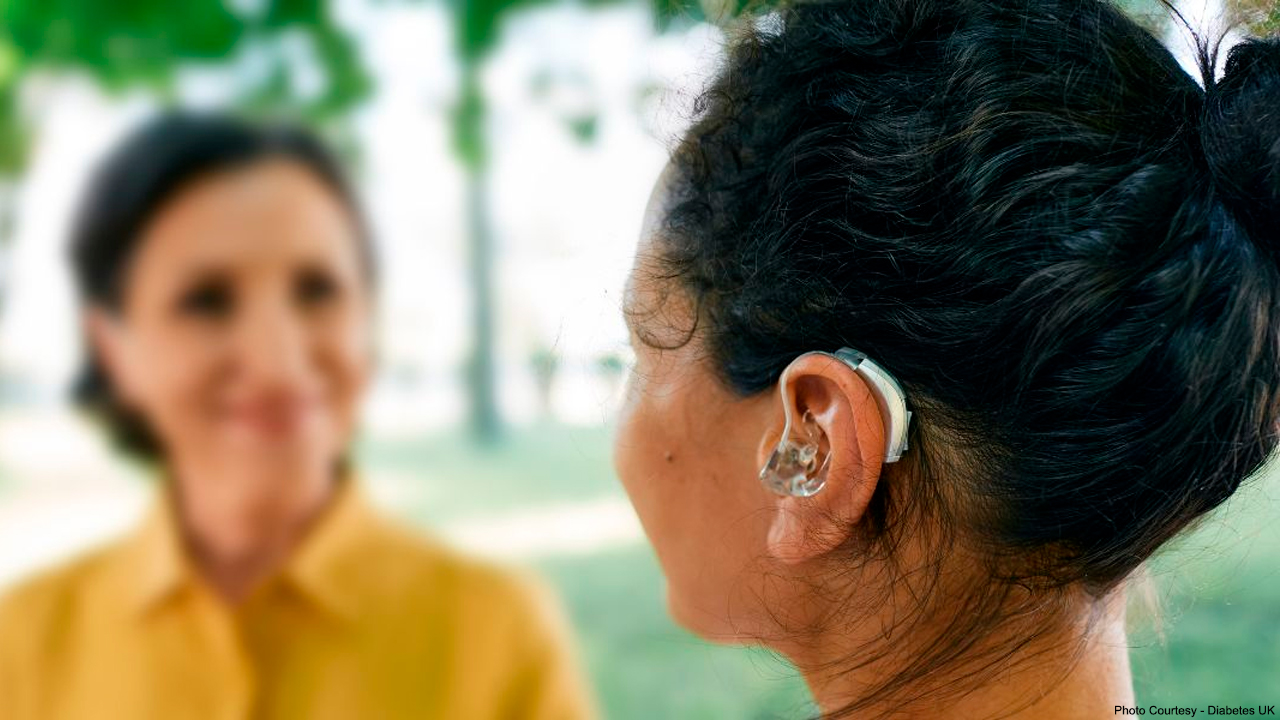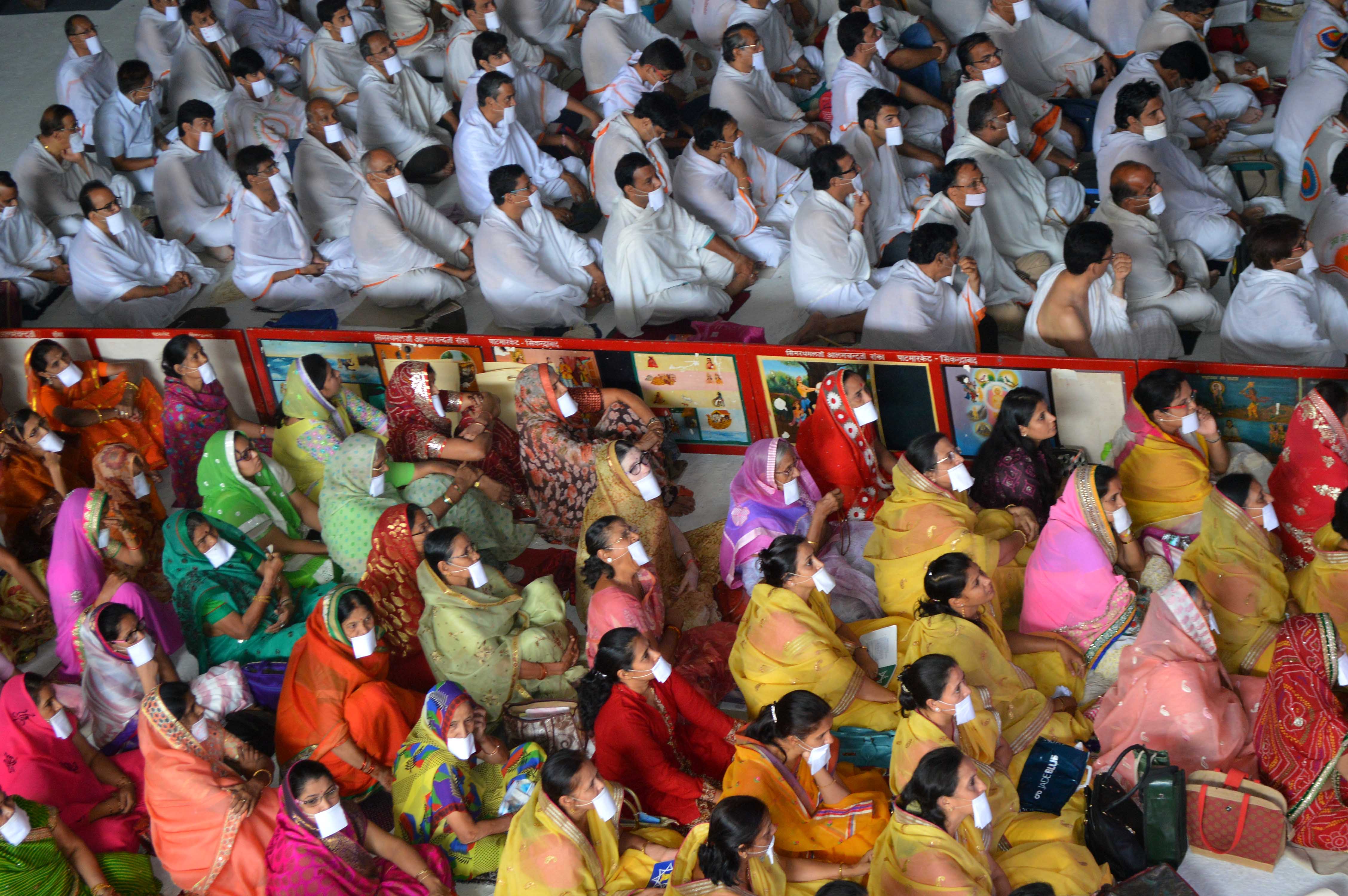The high burden of deafness globally and in India is largely preventable and avoidable. The prevalence of deafness in Southeast Asia ranges from 4.6% to 8.8%. Nationwide disability surveys have estimated hearing loss to be the second most common cause of disability.
As per the report launched on World Hearing Day 2021, nearly 2.5 billion people worldwide – or 1 in 4 people – will be living with some degree of hearing loss by 2050, warns the World Health Organisation (WHO). Of these, at least 700 million of these people will require access to ear and hearing care and other rehabilitation services if not responded timely.
WHO highlighted the need for rapid steps to prevent and address hearing loss by investing in and expanding access to ear and hearing care services.
NPPCD
To cater to this problem in India, the National Program for Prevention and Control of Deafness (NPPCD) was launched with the purpose of early identification, diagnosis, and treatment of ear problems responsible for hearing loss and deafness in them.
This program is being implemented by the Ministry of Health and Family Welfare with the technical support of the Directorate General of Health Services. At the state level, the program is being implemented by the Department of Health & Family Welfare. State Nodal Officer preferably an ENT surgeon at the Directorate/ Secretariat level will provide technical guidance and expertise to the State Health Society for the purpose of implementation of the program in the various districts of the state.
The National Programme for Prevention and Control of Deafness (NPPCD) was initiated on a pilot basis in the year 2006-07(January 2007) covering 25 districts of 10 states and 1 UT and has been expanded to 228 districts of 27 States /Union Territories in a phased manner till now. By the end of the 12th Five-Year Plan, 384 Districts will be taken up for program implementation.
As per the NPPCD, hearing loss is the most common sensory deficit in humans today. As per WHO estimates in India, there are approximately 63 million people, who are suffering from Significant Auditory Impairment; this places the estimated prevalence at 6.3% of the Indian population. As per the NSSO survey, currently, there are 291 persons per one lakh population who are suffering from severe to profound hearing loss (NSSO, 2001). Of these, a large percentage is children between the ages of 0 to 14 years. With such a large number of hearing-impaired young Indians, it amounts to a severe loss of productivity, both physical and economic. An even larger percentage of our population suffers from milder degrees of hearing loss and unilateral (one-sided) hearing loss.
Among low-income countries, about 78% have fewer than one ear, nose, and throat (ENT) specialist per million population; 93% have fewer than one audiologist per million; only 17% have one or more speech therapists per million; and 50% have one or more teachers for the deaf per million.
Preventing hearing loss
- Immunization for the prevention of rubella and meningitis
- Improving maternal and neonatal care
- Screening for early identification of otitis media and infections of the middle ear is very significant.
- In adults, noise control, maintaining good ear hygiene, and listening to sounds within prescribed limits can reduce the risk of hearing loss.

 Over 27,000 children are born deaf every year in India. The problem of hearing impairment or loss is often ignored as it cannot be seen and, in most cases, identification is way more delayed. However, the burden of deafness is highly preventable and avoidable with clinical screening.
Over 27,000 children are born deaf every year in India. The problem of hearing impairment or loss is often ignored as it cannot be seen and, in most cases, identification is way more delayed. However, the burden of deafness is highly preventable and avoidable with clinical screening.















.jpeg)











.jpg)




